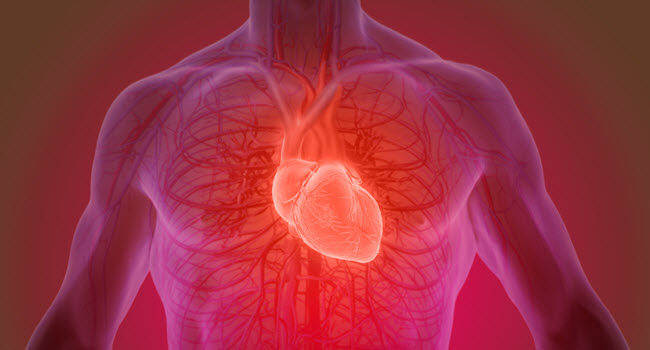
COVID-19 Can Trigger Serious Heart Injuries
Heart injury was defined as very high levels of a protein called troponin, which is released into the bloodstream when the heart muscle is damaged.
In the United States, where hospitals are in the midst of the COVID-19 “peak,” it’s not known whether the numbers are similar to the Wuhan study, according to Parikh.
“It’s hard to say what the percentages are,” he said, “but a similar spectrum [of heart complications] is being seen.”
For the most part, the complications have struck people with established heart disease or risk factors for it, such as high blood pressure.
“It’s rare that these patients have no cardiovascular risk factors,” Parikh said.
In New York City, the nation’s pandemic epicenter, another consequence has emerged: A surge in 911 calls for cardiac arrest — a heart arrhythmia that is quickly fatal without emergency treatment.
Last week, the city’s Fire Department said calls for cardiac arrest had shot up: From March 20 to April 5, the city averaged 195 cardiac arrest calls per day, compared to 65 per day for the same period last year, NBC News reported.
It’s hard to know, Parikh said, how many of those victims had COVID-19. People fearful of hospitals may decide to “tough it out” if they develop the warning signs that can precede cardiac arrest, like shortness of breath, dizziness and heart palpitations.
“People dying of cardiac arrest at home are victims of COVID-19,” Parikh said, “though not necessarily directly.”
It’s critical that no one — especially people with known heart disease — ignore symptoms, said Dr. J. Wells Askew, a cardiologist at the Mayo Clinic in Rochester, Minn.
That means calling your doctor if you think you have coronavirus symptoms, like fever and coughing, or 911 if you have difficulty breathing or chest pain.
Askew acknowledged that when those patients arrive at the hospital, it can be difficult to know if it’s a heart attack or COVID-19.
Parikh agreed, saying, “A few months ago, we would’ve said if it looks like a duck, then it’s probably a duck.” And that would often mean rushing the patient to the catheterization lab for an invasive procedure to confirm a heart artery is blocked — and then to clear the blockage.
Source link
